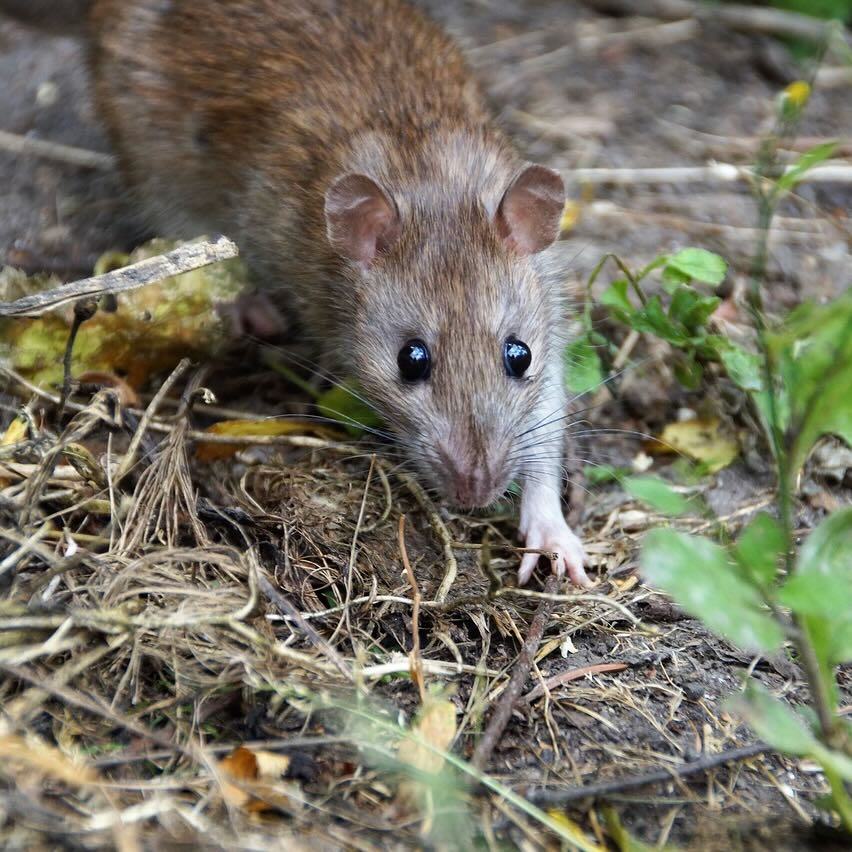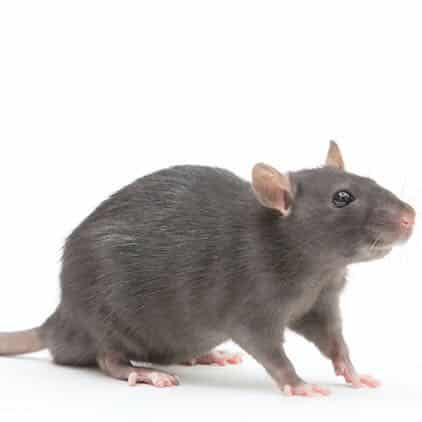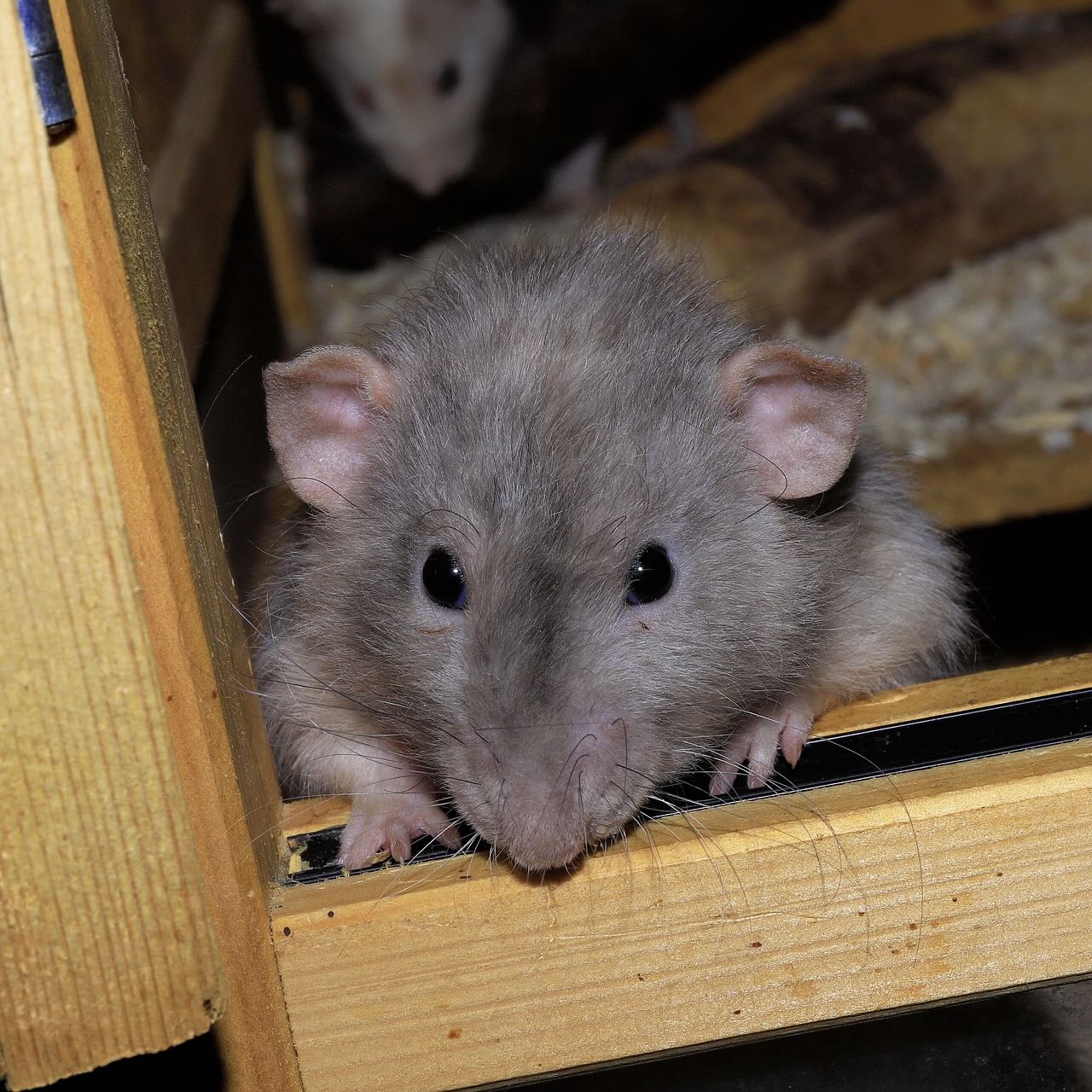Rat Treatments and More
Protect Your Property from Rat infestations with Safe, Effective, and Tailored Solutions.
Request a Quote
"*" indicates required fields

Common Rat Hotspots

Infestation Prevention

Signs of Rat Infestations
Signs of rat activity include small, dark droppings near food or nesting areas, gnaw marks on wires, pipes, or wood, and grease smudges along walls from frequent travel. Scratching or scurrying noises in walls or ceilings at night indicate movement. Additional signs include chewed food packaging, round burrow holes 2-4 inches, foul odors from nests, and occasional live sightings, especially at dusk or dawn.

Difference between a Norway Rat and Roof Rat
Norway rats (brown rats) are larger and stockier, with blunt noses, small ears, and shorter tails relative to their bodies. They prefer ground-level burrows and damp environments.
Roof rats (black rats) are smaller, sleeker, and more agile, with pointed noses, large ears, and tails longer than their bodies. They are excellent climbers, often nesting in attics, trees, and high structures.

Points of Entry Into your Home
Potential rat entry points include cracks in foundations, gaps around utility lines, vents, and improperly sealed doors. Damaged roofing, broken sewer pipes, and drainage systems also provide access. Rats can squeeze through openings as small as a quarter, making even tiny gaps a risk. Overgrown trees and shrubs close to the foundation walls serve as shelter allowing easy access into the structure.
Rats Q & A
Effective Rat Control: Common Questions and Solutions for Treating Infestations.
Rats seek food, water, and shelter. They’re drawn to unsecured trash, food wastes, compost piles, and cluttered spaces like basements as it gives them the whole setup of having a safe environment near sources of food and water.
While rodent baits can effectively reduce populations, their placement requires careful consideration. Most mice species are explorative and curious, which makes it easier to bait and trap them. Tamper-proof bait stations are safest, ensuring the bait remains secure and cannot be carried away. In cases of severe infestations, professionals employ targeted methods to minimize risks and ensure effective control.
Rat prevention requires sealing all entry points with caulking or metal flashing to block access, maintaining clean and clutter-free indoor and outdoor areas to reduce hiding places, and storing firewood and debris away from your property’s foundation to eliminate potential nesting sites.
Rats are active year-round but often invade buildings in fall/winter for warmth. Summer’s abundant food sources may also increase outdoor activity near certain properties.
Yes, overgrown trees and shrubs, woodpiles, and unsecured compost bins provide shelter. Keep vegetation trimmed and minimize contact with the foundations of the house as these can become bridges for entry into your property.
Rodent treatments are generally safe for children and pets. These experts use approved products and adhere to strict safety protocols. To ensure maximum safety, all stations are tamper proof so that children and pets cannot gain access